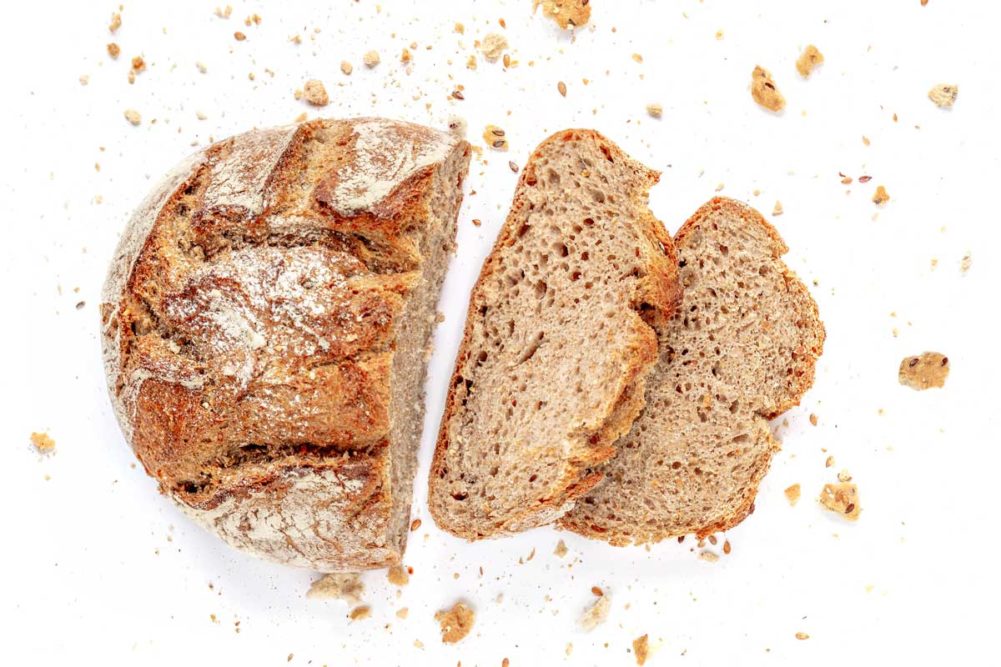Staling is caused by a number of variables. Starch retrogradation and water activity lead the way as baked foods begin to stale. Environmental conditions can either accelerate or delay those processes.
Starch contributes to many desired characteristics such as mouthfeel, softness and texture. When baked, the starch in a dough will absorb water, swell and gelatinize. This process is critical for setting structure and texture. However, once the baked food is out of the oven, gelatinization slowly begins to reverse. That starch retrogradation is when the amylopectin in starch granules recrystallizes, causing in turn the firming of a baked food’s crumb structure.
Water activity measures its energy in a formulation and determines the direction of moisture flow. In bread, this means the water activity between crust and crumb. Over time, water migrates in a baked food to where there is none or less of it. This causes crisp crusts on bread to become tough and chewy or the sugar coating on donuts to melt as the water moves from interior crumb to the outside. In a variety of baked foods, water activity can cause a host of other issues.
Rancidity, another tell-tale sign of an aging baked food, occurs when fat is undergoes oxidation. This results in bad odors and off-flavors. The process can be accelerated by high temperatures or slowed down by antioxidants, which interrupt and stabilize the chain reactions occurring at a molecular level when oxidation occurs.
This article is an excerpt from the March 2020 issue of Baking & Snack. To read the entire feature on natural anti-staling, click here.





